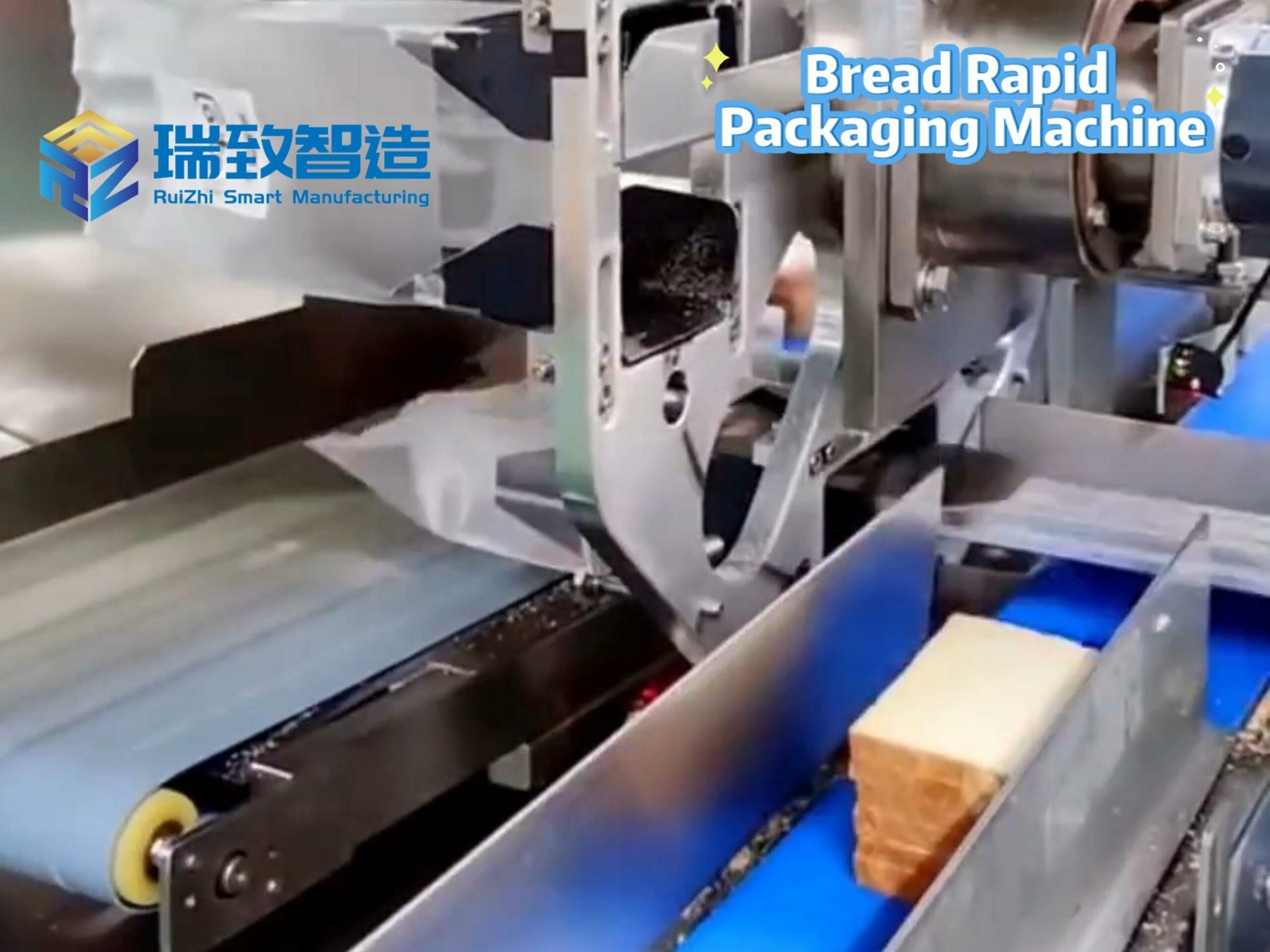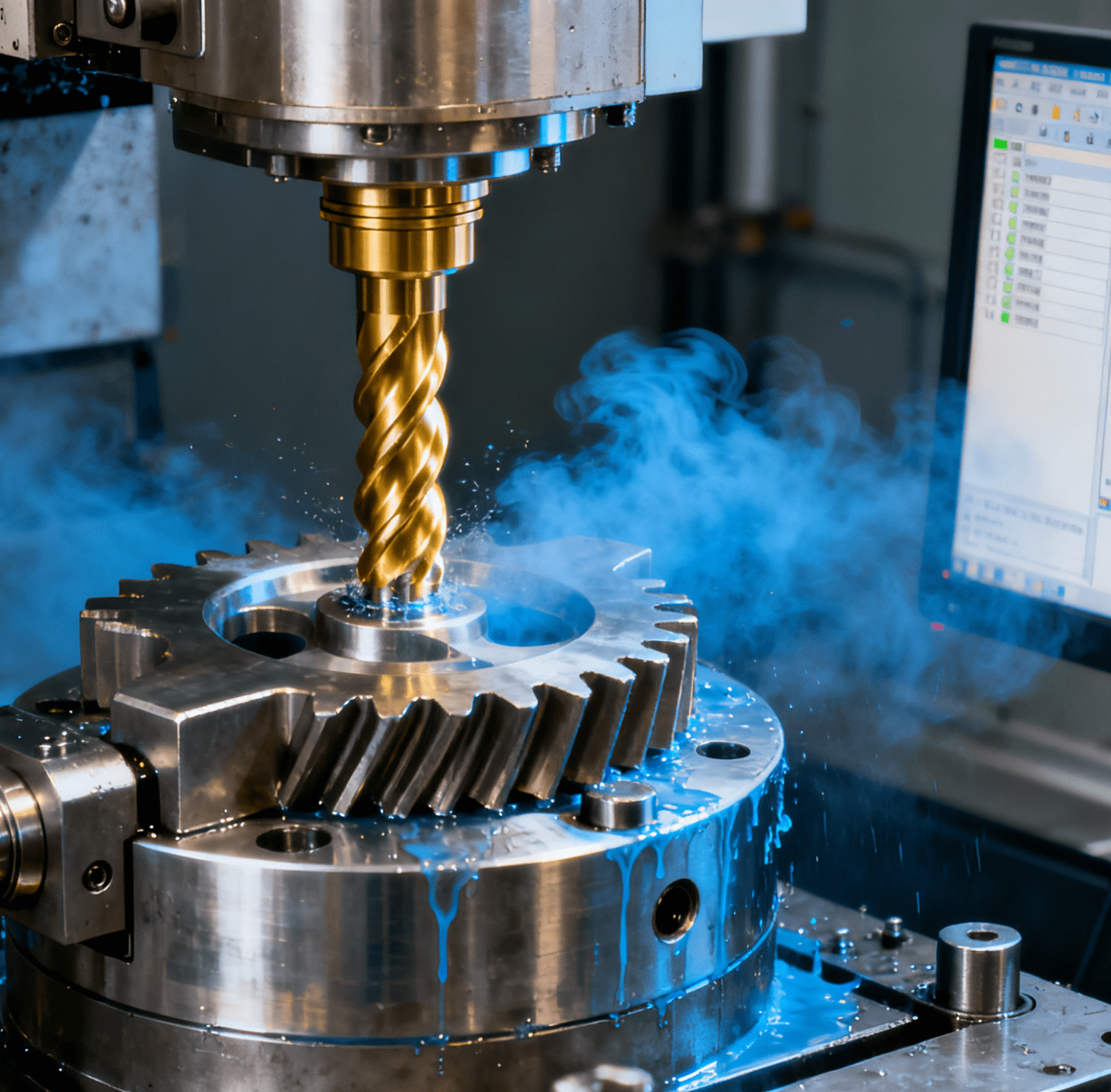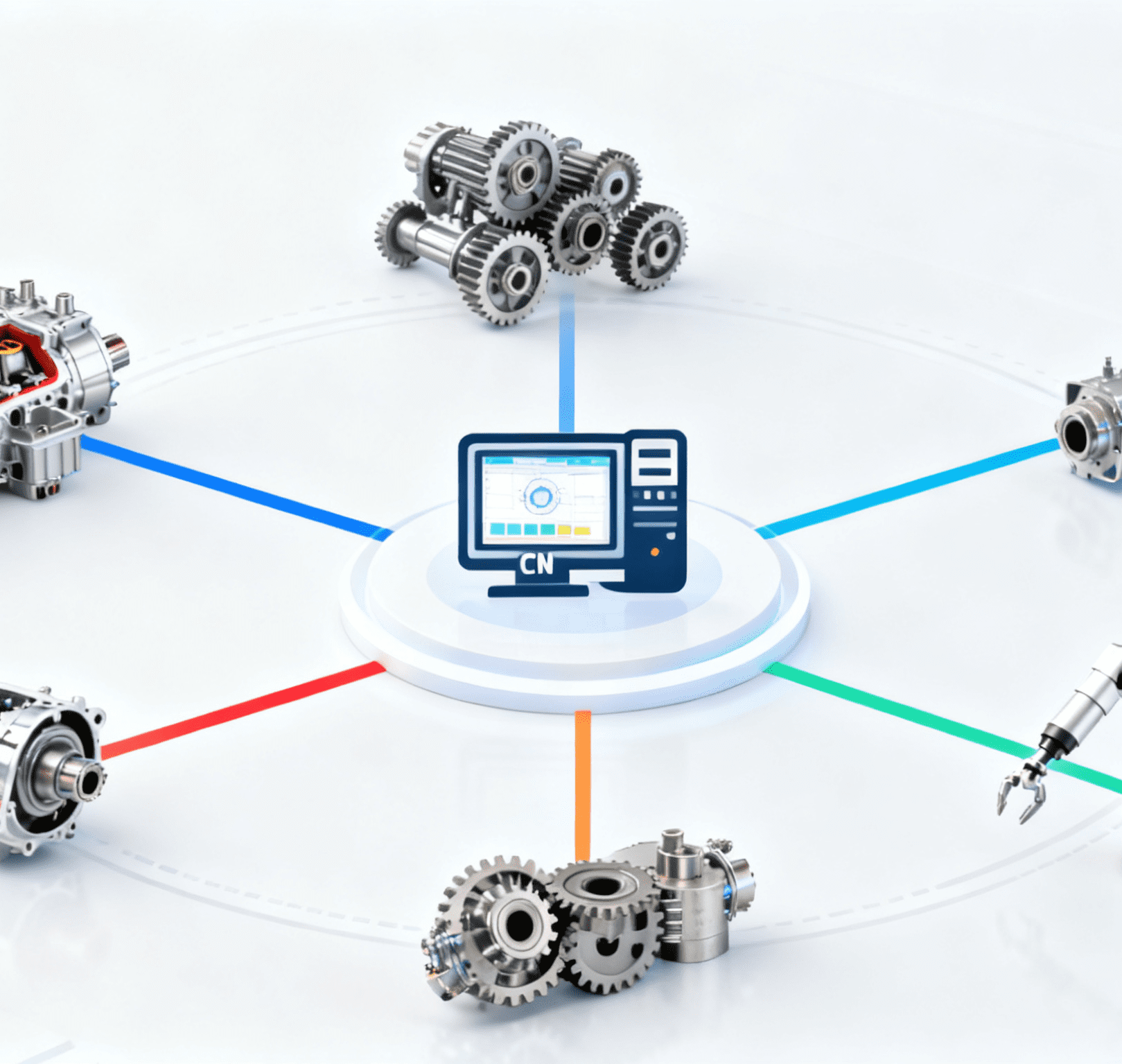QVAC: Decentralizing AI to Empower Sovereignty in Intelligent Automation

Amid the rapid proliferation of intelligent automation and industrial automation systems, the question of control looms large. At AI Week, the open-source project QVAC (Quantum Vault Automatic Computer) emerged as a radical solution, challenging the centralized model dominating AI. Inspired by decentralized technologies like BitTorrent and blockchain, QVAC aims to return ownership of AI to users, ensuring that automation equipment—from factory robots to smart devices—operates under local control, not corporate monopolies.
The Centralization Problem in AI-Driven Automation
Today’s AI landscape is defined by centralization: cloud-based models like ChatGPT and Copilot rely on APIs, forcing users to surrender data and computational power to tech giants. This mirrors the early days of industrial automation, where proprietary machinery locked manufacturers into vendor ecosystems. For automation equipment in factories, this centralization would mean reliance on external servers for robotic operations—a vulnerability QVAC seeks to eliminate. The project’s mantra, “Not your API, not your intelligence,” echoes the crypto ethos: without control over the infrastructure, you don’t truly own the technology.
QVAC’s Decentralized Vision for Intelligent Systems
QVAC proposes a peer-to-peer AI ecosystem where intelligence resides locally on devices, from smartphones to industrial mainframes. Its open-source SDK, launching in September, enables developers to build sovereign AI agents that operate offline, using BitTorrent for serverless communication and blockchain for encryption. For industrial automation, this means factories can deploy AI-driven robots that analyze machine data, optimize workflows, and collaborate peer-to-peer—all without sending sensitive operational insights to external clouds. Imagine a factory floor where automation equipment like robotic arms and predictive maintenance systems run on QVAC’s decentralized network, ensuring data privacy and operational autonomy.
Key Innovations: From Edge to Enterprise
- Modular, Scalable Agents: QVAC’s runtime auto-scales AI code across hardware, from $30 smartphones to industrial servers, making it accessible for SMEs and large enterprises alike.
- Offline Functionality: Tools like QVAC Translate and QVAC Health demonstrate offline capability—translating languages or analyzing health data locally, akin to edge computing in automation equipmentthat processes data on-site.
- Decentralized Trust: By avoiding central nodes, QVAC mitigates risks of surveillance, censorship, and vendor lock-in, critical for industries where industrial automationdemands uninterrupted, secure operations.
Real-World Applications: Beyond Consumer Tech
While QVAC’s demo apps focus on privacy, its impact on intelligent automation is transformative. In manufacturing, decentralized AI could:
- Optimize Supply Chains: Autonomous mobile robots (AMRs) in warehouses could coordinate via QVAC’s peer-to-peer network, dynamically rerouting without cloud dependency.
- Enhance Predictive Maintenance: AI agents on factory machines could detect anomalies locally, using blockchain to secure maintenance logs and share insights across facilities without central oversight.
- Enable Remote Operations: In remote or offline environments (e.g., offshore rigs), automation equipmentpowered by QVAC could operate autonomously, ensuring continuity in harsh conditions.
Conclusion: Reclaiming Control in the Automation Age
QVAC isn’t just a technical project; it’s a declaration of digital sovereignty in the era of intelligent automation. By decoupling AI from centralized clouds, it empowers manufacturers, developers, and individuals to dictate how technology serves them—not the other way around. For industrial automation, this means a future where automation equipment is a tool for empowerment, not dependence—a future where factories, like QVAC’s vision, are self-reliant, secure, and truly innovative.
As the project scales, QVAC could redefine how we build, deploy, and own AI—ensuring that as intelligent automation reshapes industries, the power remains in the hands of those who design, operate, and benefit from it. The message is clear: Own your AI, own your automation, own your future.




















